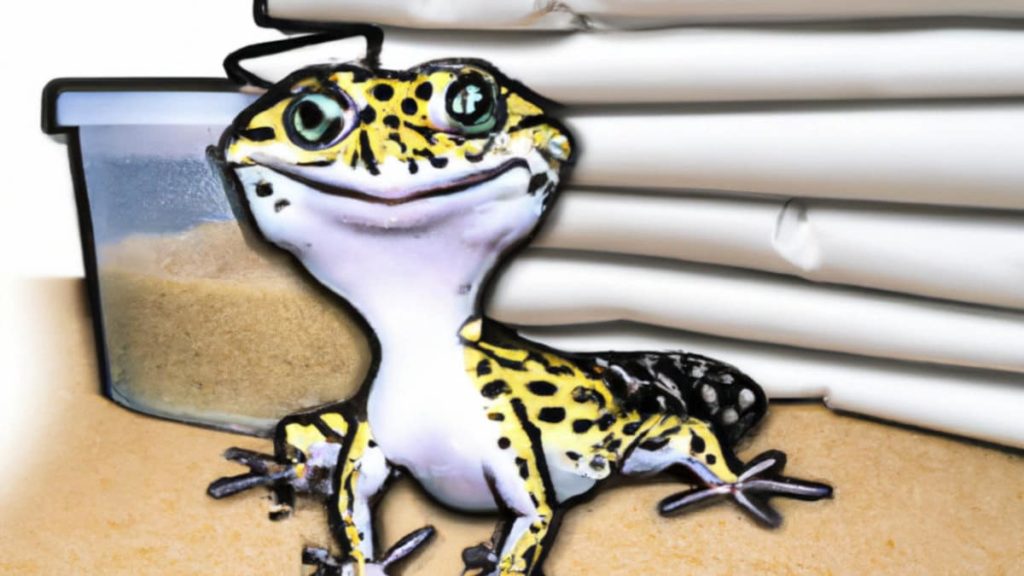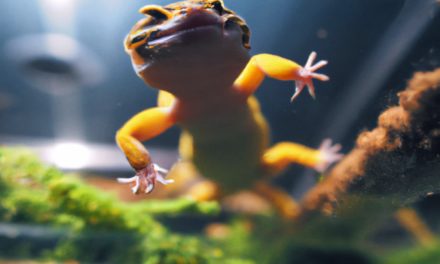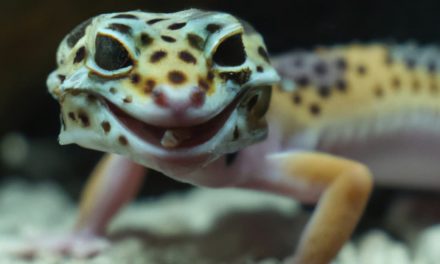
When it comes to your Leopard Gecko’s crib, what you lay on the floor – the substrate – is like choosing between a comfy carpet and an icy tile floor. It’s a big deal (but just one piece of your ideal gecko’s enclosure design)! This guide will lead you through the maze of substrate choices, shedding light on their benefits and downsides. Time to put on your Sherlock hat and make the best choice for your little friend.
The Humble Paper Towel: A Gecko’s BFF?
On one hand, paper towels could be considered a Leopard Gecko’s best friend. Why, you ask? They’re a breeze to clean, hassle-free to maintain, and they give you an easy-peasy way to keep an eye on your gecko’s health. On the other hand, they’re not exactly rocky desert, are they? Without a natural environment, your gecko might feel a bit out of sorts.
Calcium Sand: A Risky Bet
Calcium sand, straight from Mother Nature’s lap, may seem like a great option. But hold on! This beauty can turn into a beast, causing irritation to your gecko’s lungs, eyes, and skin, not to mention turning their digestive system topsy-turvy. Despite being an all-natural option, it’s safer to keep calcium sand off your gecko’s guest list.
I was surprised to learn that calcium sand isn’t even sand – it’s calcium carbonate, the same stuff used to make indigestion/heartburn tablets. Who knew?
Reptile Carpet: A Comfy but Thorny Option
Reptile carpet, comfy and low-maintenance, is like a crowd favorite at the gecko Oscars. And, it lowers the risk of your gecko accidentally eating it! But there’s a snag – literally. Your gecko’s tiny claws might get stuck in the carpet, leading to injury. Yikes!
Geckos don’t live on carpet in the wild…
Coco Fibre: A Tropical Delight
Coco fibre is like a slice of paradise for your gecko. It’s soft, looks like the real deal, and is a germ-fighting superhero. But to serve this tropical delight, you need to do a bit of kitchen prep – expand it with water and dry it properly. Otherwise, your gecko’s home might become as humid as a rainforest.
DIY Mixture: Your Own Creative Touch
How about donning the chef’s hat and whipping up a custom mix of your own? Try two thirds organic topsoil and one third kids play sand. It’s natural, very budget-friendly, and lets you play quality control. However, just like cooking a gourmet meal, it takes a little time and effort to keep it in top shape.
Gecko No-Nos: Substrates to Avoid
Then there are the party crashers – substrates that should be shown the exit door, pronto! These bad boys include aspen and pine shavings (think dusty and toxic fumes), newspaper (a heat-hogging, non-absorbent mess), ground walnut shells (sharp to walk on and trouble for digestion if eaten), and fancy-looking “reptile sands” that can be more harmful than helpful.
And now, the moment of truth…
The Perfect Substrate: It’s All About Your Gecko
In the grand scheme of things, picking the right substrate is about striking a balance. Weigh the pros and cons, but above all, let your gecko’s health and happiness tip the scales. And remember, making the right choice is not just about the substrate, it’s about mastering the art of good gecko care which is everything from temperature and humidity, to tank size and diet.
For a good overview check out our leopard gecko habitat essentials checklist.
FAQs
What is the safest substrate for a leopard gecko?
Many gecko owners swear by reptile carpet and paper towels due to their low ingestion risk and ease of maintenance. However, each gecko is unique, and what works for one might not work for another.
Why should I avoid calcium sand for my gecko?
While calcium sand seems like a natural choice, it can cause irritations and disruptions to your gecko’s delicate body. It’s a risk not worth taking.
What is a good DIY mixture?
A good DIY mixture is a blend of organic topsoil and play sand. It’s natural, budget-friendly, and gives you control over the quality. But remember, it requires some elbow grease to prepare and maintain.
Are there any substrates I should absolutely avoid for my gecko?
Yes, substrates like aspen and pine shavings, newspaper, ground walnut shells, and fancy “reptile sands” should be avoided due to their potential health risks.
Remember, choosing the perfect ‘carpet’ for your gecko is a journey, not a destination. Don’t stress if the first choice isn’t a perfect fit. You and your little friend are in this together, learning and growing. So, take a deep breath, do your homework, and make your gecko’s home the best it can be.















